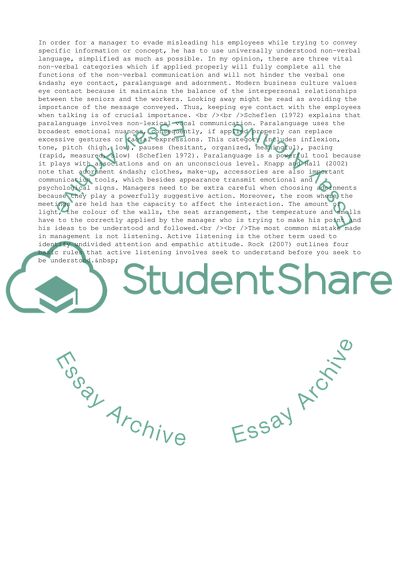Cite this document
(Cultivation of the Corporate Grapevine Assignment - 25, n.d.)
Cultivation of the Corporate Grapevine Assignment - 25. https://studentshare.org/management/1731699-essay
Cultivation of the Corporate Grapevine Assignment - 25. https://studentshare.org/management/1731699-essay
(Cultivation of the Corporate Grapevine Assignment - 25)
Cultivation of the Corporate Grapevine Assignment - 25. https://studentshare.org/management/1731699-essay.
Cultivation of the Corporate Grapevine Assignment - 25. https://studentshare.org/management/1731699-essay.
“Cultivation of the Corporate Grapevine Assignment - 25”. https://studentshare.org/management/1731699-essay.


